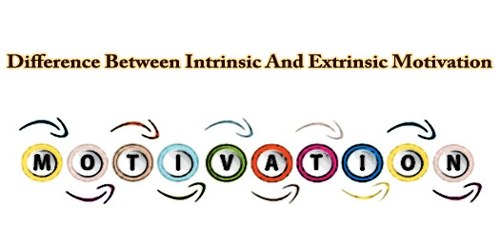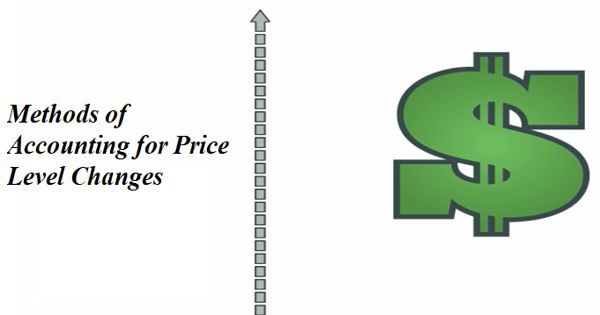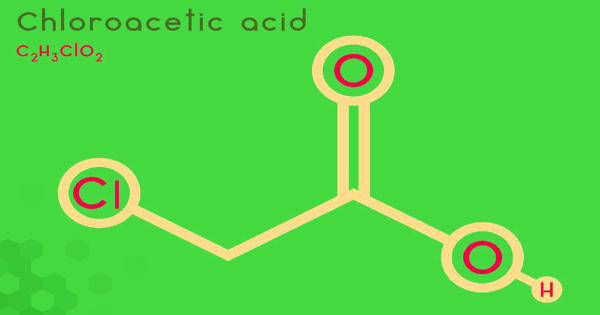Motivation can be understood as the invisible force that moves, activates, or pushes people and causes them to act. It is something that incites a person into action and makes him continue the course of action with enthusiasm, to accomplish the desired goals. There are two important types of motivation – Intrinsic Motivation and Extrinsic Motivation.
Intrinsic motivation involves doing something because it’s personally rewarding to us. Extrinsic motivation involves doing something because we want to earn a reward or avoid punishment.
Definition of Intrinsic Motivation –
Intrinsic motivation involves engaging in a behavior because it is personally rewarding; essentially, performing an activity for its own sake rather than the desire for some external reward. Essentially, the behavior itself is its own reward.
Examples of intrinsic motivation could include:
- Reading a book because we enjoy the storytelling
- Exercising because we want to relieve stress
- Cleaning our home because it helps us feel organized
Moreover, it is related to the state of self-actualization, wherein the contentment of attaining something invaluable motivates the person again, so the motivation is auto-generated and it has nothing to do with financial rewards. Intrinsic motivation yields a high quality of work, the accomplishment of tasks in a timely manner, meeting challenges, and gaining excellence in the task.
Definition of Extrinsic Motivation –
Extrinsic motivation occurs when we are motivated to perform a behavior or engage in an activity to earn a reward or avoid punishment. In this case, we engage in behavior not because we enjoy it or because we find it satisfying, but in order to get something in return or avoid something unpleasant.
Examples of extrinsic motivation could include:
- Reading a book to prepare for a test
- Exercising to lose weight
- Cleaning our home to prepare for visitors coming over
This type of motivation is based on the fact that if human behavior is positively rewarded for the work done, it tends to be repeated. Nevertheless, the reward of such behavior has to be powerful and long-lasting so that it improves its occurrence probability.
Key Differences between Intrinsic and Extrinsic Motivation –
The primary difference between the two types of motivation is that extrinsic motivation arises from outside of the individual while intrinsic motivation arises from within. Researchers have also found that the two types of motivation can differ in how effective they are at driving behavior. The difference between intrinsic and extrinsic motivation can be drawn clearly on the following grounds:
- In intrinsic motivation, a person acts to achieve something, but not for any external reward, but to enjoy the process or take it as an opportunity, to explore new things/ideas and also to actualize the capabilities.
- In extrinsic motivation, the person adopts a certain behavior in an attempt to earn a reward or avoid some punishment.
- Intrinsic motivation is participating in a sport because we find the activity enjoyable.
- Extrinsic motivation is participating in a sport to win awards.
- Intrinsic motivation is solving a word puzzle because we find the challenge fun and exciting
- Extrinsic motivation is competing in a contest to win a scholarship.
- In intrinsic motivation, it’s the action that is thought to be important, on which the person has control. Hence, it makes the people participate in an activity for his or her own will or interest and not for the reward it’ll bring.
- As against, in extrinsic motivation, the main focus is on the end result which is gained when the task is completed. This implies that it makes people do something for obtaining a tangible or intangible reward.
- In intrinsic motivation, the locus of control lies inside the person, who decides to perform the task.
- In extrinsic motivation, the locus of control is external to the person who is said to carry out the task.
- Intrinsic motivation is studying a subject we find fascinating.
- Extrinsic motivation studying because we want to get a good grade.
- Intrinsic Motivation is capable of satisfying the essential psychological needs of someone for independence, competence, etc.
- Extrinsic motivation doesn’t satisfy a person’s fundamental psychological needs; however, it embraces external benefits like money, power, fame, etc.
- In intrinsic motivation, the person enjoys the task, but in extrinsic motivation, the person gives more emphasis to the awards and rewards received on accomplishing the task.
- Intrinsic motivation is driven by a person’s own desires and wishes.
- The extrinsic motivation is driven by other sources, usually another person.
This is not to suggest that extrinsic motivation is a bad thing. Extrinsic motivation can be beneficial in some situations. It can be particularly helpful in situations where a person needs to complete a task that they find unpleasant. Both types of motivation are important in life. Intrinsic Motivation is the arises from within which instigates a person to perform an activity, for his/her own satisfaction. On the other extreme, extrinsic motivation is when people do something because of an external force and not for inner fulfillment.
Information Sources:
















